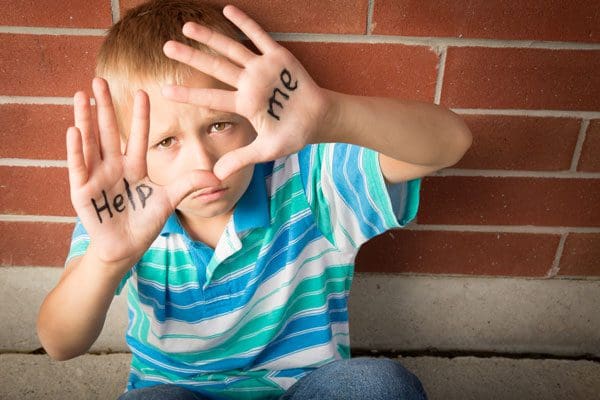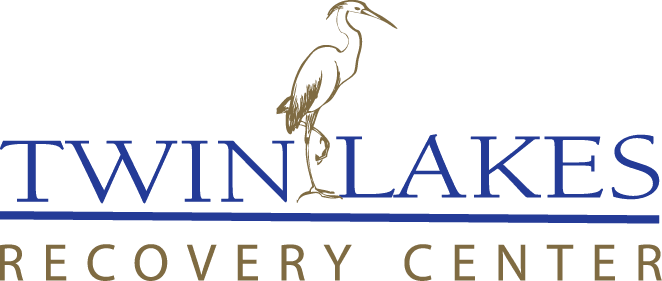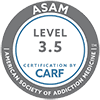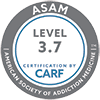 In 2011, it was reported that 676,569 children in the United States suffered from child abuse.
In 2011, it was reported that 676,569 children in the United States suffered from child abuse.
Depending on the severity of the abuse, physical injuries on children are often visible instantly and last up to a few weeks. But the emotional and psychological consequences of abuse have far more lasting consequences on the child, the family, and society in general, often lasting entire lifetimes, possibly even generations.
Child abuse and neglect have long-term consequences that are often discussed according to type (physical, psychological, behavioral and societal), but the lines between these types are often blurred. For example, physical consequences, like damage to a child’s growing brain, have psychological implications like cognitive delays and emotional difficulties. Psychological problems like anxiety and depression become evident as high-risk behaviors like unprotected sex, overeating, smoking, drinking or substance abuse develop. These high-risk behaviors finally lead to long-term health problems like STDs, obesity, and cancers. While not all abused and neglected children will suffer from long-term consequences, they do have an increased susceptibility.
Physical Health Consequences of Child Abuse and Neglect
Physical abuse or neglect result in injuries ranging from minor cuts and bruises to broken bones, bleeding, burns, and, at worst, death. The physical evidence disappears in time, but the pain and suffering becomes the root of many long-term effects on the child’s physical health. The National Survey of Child and Adolescent Well-Being (NSCAW) did a study of the 3-year period following a maltreatment investigation and found that 28% of the children had chronic health conditions.
- Abusive Head Trauma– Also known as “shaken baby syndrome,” injury to the head and the brain caused by blunt impact and/or shaking is the most common cause of traumatic death for infants in the United States. If the child survives, the injuries may include bleeding in the brain and the eyes and damage to the neck and spinal cord. This kind of maltreatment seriously compromises the development of the infant’s brain.
- Impaired Brain Development – Key areas of the brain fail to form or grow properly as a result of child abuse and neglect. A brain that does not mature properly causes language, cognitive and academic difficulties connected with mental health disorders. This disrupted neuro-development can also cause children to live in a constant state of fear that drives them to be anxious, hyper-vigilant, and impulsive.
- Poor Physical Health – The relationship between various forms of child maltreatment and poor health has been shown by many studies. Cardiovascular disease, obesity, hypertension, lung and liver disease, diabetes, and asthma are common among adults who experienced abuse and neglect during childhood.
Psychological Consequences of Child Abuse and Neglect
Fear, isolation and inability to trust are the immediate emotional effects of child abuse and neglect. These translate to lifelong problems with depression, self-esteem, and relationships.
- Difficulties during infancy – In 2010, 16% of all children that entered foster care were younger than 1 year old. Infants and young children who suffer from abuse and neglect suffer further from the trauma of changing primary caregivers. Their sense of attachment is affected negatively. Close to 50% of infants in foster care who came out of maltreatment have some form of cognitive delay, language difficulties, and lower IQ scores.
- Poor mental and emotional health – Physical and sexual abuse and other forms of childhood trauma and adversity are risk factors for anxiety, depression, borderline personality disorder, and other psychiatric problems. Roughly 54% of depression cases and 58% of suicide attempts in women can be traced to adverse childhood experiences (ACEs).
- Cognitive difficulties – Other research by NSCAW showed that more than 10% of school-aged children showed low academic achievement or some cognitive problems; 43% had emotional/behavioral problems; and 13% had both.
- Social difficulties – Anti-social traits are common among adults who were neglected as children. Borderline personality disorders; aggression; inappropriate modeling of adult behavior; and attachment issues/affection for little known people/strangers are associated with parental neglect.
Behavioral Consequences of Child Abuse and Neglect
Not all victims of child abuse and neglect will experience behavioral problems later on in life, but they are more likely to experience them. The NSCAW research found that 50% of youth reported to have suffered maltreatment are at risk for emotional or behavioral problems as they grow up.
- Difficulties during adolescence – Pregnancy, grade repetition, delinquency, truancy and substance abuse are very likely for over 50% of children who have suffered maltreatment. Other studies indicate that abused or neglected children are more likely to take risks sexually as they reach adolescence, increasing their chances of getting STDs.
- Juvenile Delinquency and Adult Criminal Behavior – Juvenile delinquency has been correlated to child abuse, and children who experienced abuse are 9 times more likely to engage in criminal behavior as adults.
- Alcohol and Other Drug Abuse – Victims of child abuse and neglect are driven to smoking, drinking, and experimenting with drugs during early adolescence. Male children with 6 or more adverse childhood experiences (ACEs) are over 4000% more likely to use intravenous drugs as adults.
- Abusive Behavior – Abused children are likely to become abusive parents. Girls who experienced childhood physical abuse are 1-7% more likely to engage in youth violence and 8-10% more likely to instigate interpersonal violence (IPV). Boys who suffered sexual violence as children are 3-13% more likely to commit youth violence and 1-17% more likely to commit IPV.
Societal Consequences of Child Abuse and Neglect
As with anything that happens within the family, the impact is never confined within the walls of the home. A big chunk of taxpayer money pays for the costs associated with child abuse and neglect, both direct and indirect.
- Direct Costs – The CDC funded a study which found that child maltreatment and related fatalities cost $124 billion annually, even more than the top two health concerns: Type-2 diabetes and stroke.
- Indirect Costs – These are the long-term economic impacts to society of child abuse and neglect, which include increased costs for healthcare, mental illness, juvenile support, adult criminal activity, domestic violence, and substance abuse. Strategies that aim to prevent child abuse and neglect can save taxpayers some $104 billion annually. By making improvements to the system to effectively break the cycle of maltreatment, the likelihood of these long-term consequences will be reduced.
-
- Fewer registrations for Temporary Assistance for Needy Families
- Fewer ER visits;
- Fewer arrests for mothers;
- Fewer confirmed reports of abuse;
- Fewer employee absenteeism problems
While childhood abuse and neglect often leads to substance abuse issues, it doesn’t have to. With support and care from the right people, even children who have suffered through abuse can go on to lead normal lives.
For a confidential consultation or to learn about our Georgia substance abuse treatment, please contact us anytime at (770) 202-2212. We’re here to help.



